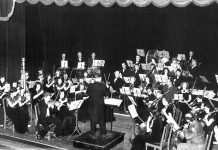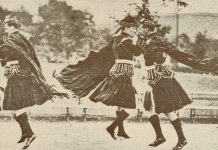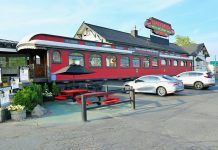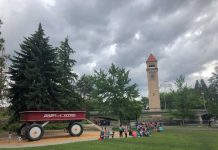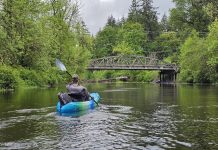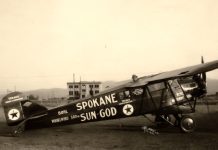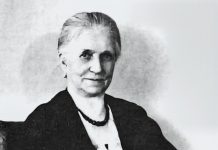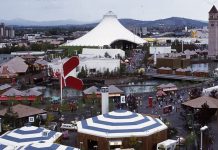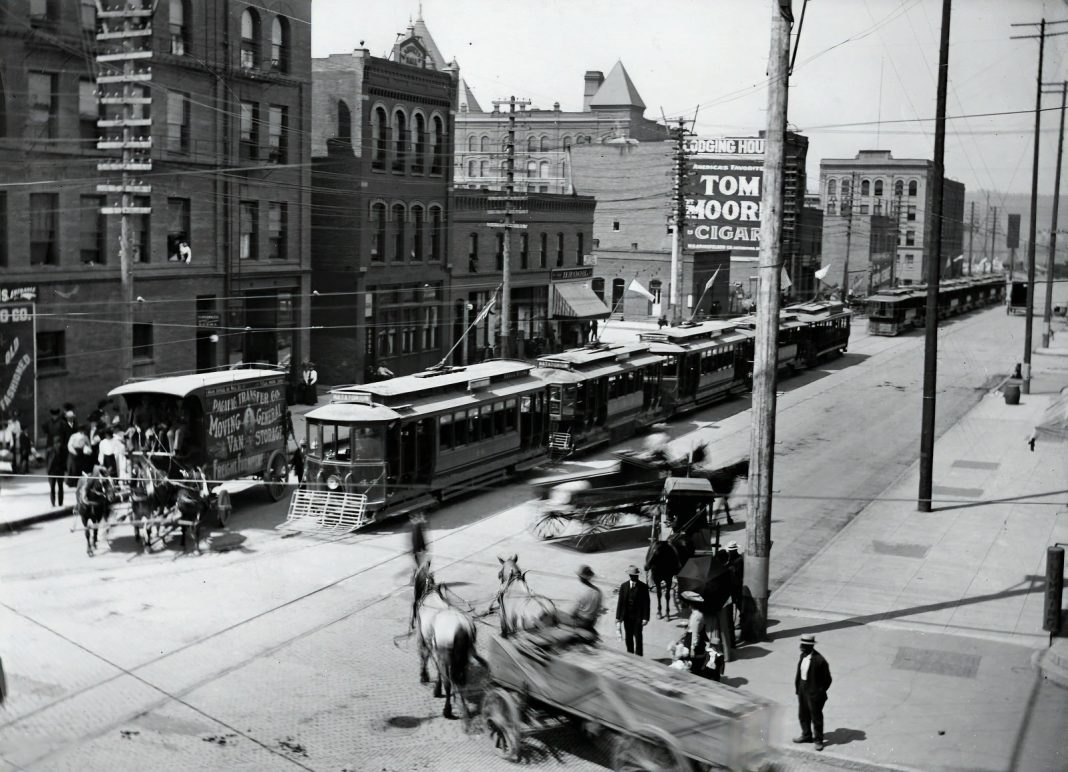Spokane’s transportation history is a tale of innovation and transformation. From the early days of horse-drawn streetcars clattering along dusty roads to the electric trolleys that once crisscrossed the city, Spokane’s transit systems have played a pivotal role in shaping its urban landscape. The journey of Spokane’s streetcars and trolleys highlights key milestones, the rise and fall of different transit modes, and the lasting impact on the city’s development. By tracing the routes of these bygone transit systems, we uncover the stories of the tracks and wires that connected communities and propelled Spokane into the future.
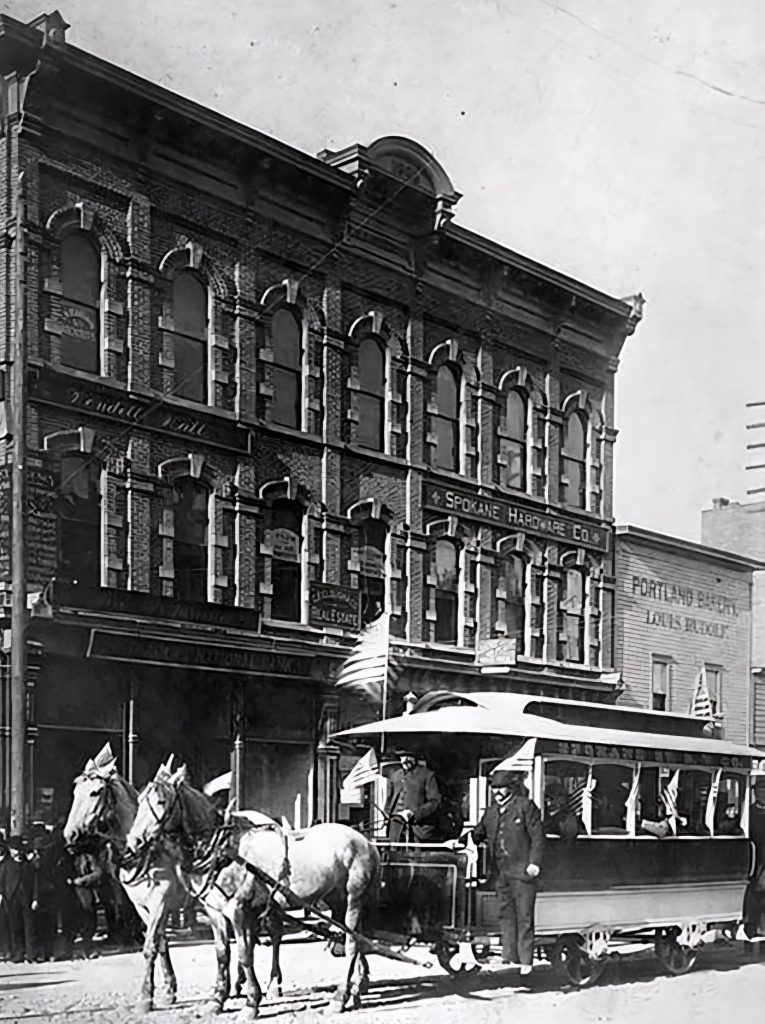
The Dawn of Urban Mobility and Birth of Spokane’s Transit System: The Lilac City’s First Streetcars
In the late 1880s, Spokane, a burgeoning frontier town, found itself grappling with the challenges of rapid growth. As the city stretched beyond its downtown core, the need for efficient transportation became increasingly apparent. This necessity was not initially addressed by city officials but by a group of visionary private developers deeply invested in Spokane’s real estate market.
These developers, including J.J. Browne, Spokane’s first practicing lawyer; Francis H. Cook, a newspaper publisher of the Spokane Times; and Andrew Jackson Ross, a New York railroad contractor, had a vested interest in the success of Browne’s Addition, a new residential development situated a mile away from downtown. Recognizing that this distance could adversely affect sales by being too far of a walk for their potential homebuyers, they devised a plan to establish a public transportation system that would connect the development to the city center.
To put their plan into motion, they first established the Spokane Street Railway Company. Leveraging his railroad expertise, he spearheaded the construction of a horse-drawn streetcar line. He began by laying tracks, and by the end of 1887, the city had 20 miles of streetcar track. A short time later, on April 15, 1888, the inaugural journey of the city’s first streetcar took place, drawing a large and enthusiastic crowd. This historic event marked the beginning of Spokane’s streetcar era.
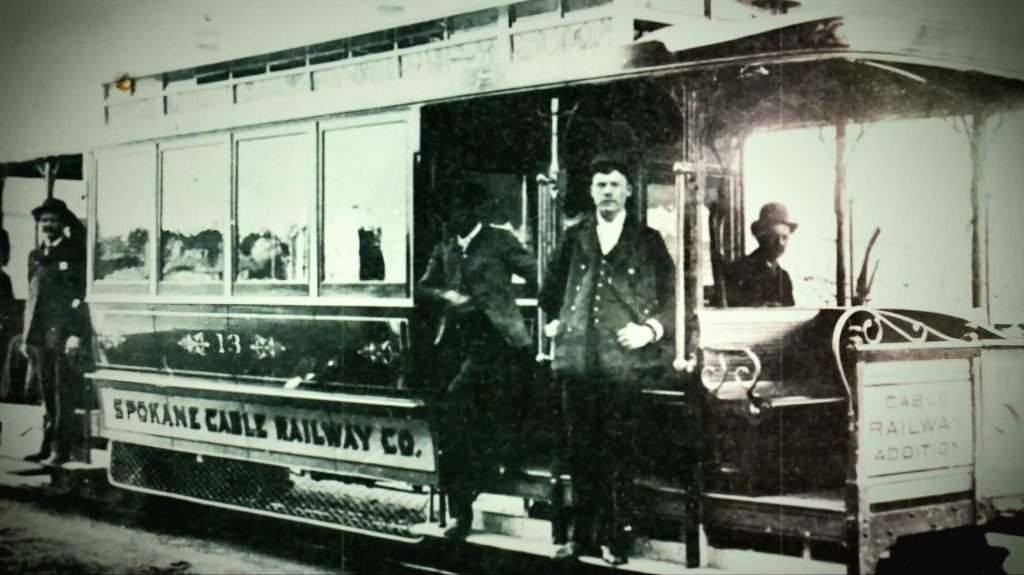
Beyond the Horse-Drawn Carriage: Steam and Cable Cars Ride the Rails in Spokane
The resounding success of the Spokane Street Railway Company, which quickly recouped its initial investment and attracted numerous competitors, paved the way for a wave of innovation in Spokane’s transportation sector. Several new companies entered the market, each seeking to capitalize on the growing demand for efficient urban mobility.
Two of the most notable entrants were the Spokane & Montrose Motor Railroad Co. and the Arlington Heights Motor Railway Co. These companies embraced a new technology: steam-powered streetcars. They aimed to provide a more powerful and efficient alternative to horse-drawn vehicles by housing small steam locomotives within streetcar bodies. While the theory was that steam locomotives would not frighten horses, this proved unfounded. Nevertheless, steam streetcars became a common sight on Spokane’s streets, adding a new dimension to the city’s transportation landscape.
Another significant innovation was the introduction of cable cars. The Spokane Cable Railway, inspired by the success of cable cars in San Francisco, recognized their potential for navigating steep inclines. By burying cables beneath the city streets, the company could operate cars that could ascend and descend hills with ease. The Spokane Cable Railway established lines to Cable Addition and Twickenham Park, expanding the reach of public transportation and opening up new areas for development.
The adoption of steam and cable cars marked a significant technological advancement for Spokane. These innovative modes of transportation demonstrated the city’s commitment to progress and its willingness to explore new solutions to meet the growing demands of its expanding population. While electric trolleys would eventually supersede these technologies, they played a crucial role in shaping Spokane’s urban landscape and paving the way for future transportation developments.
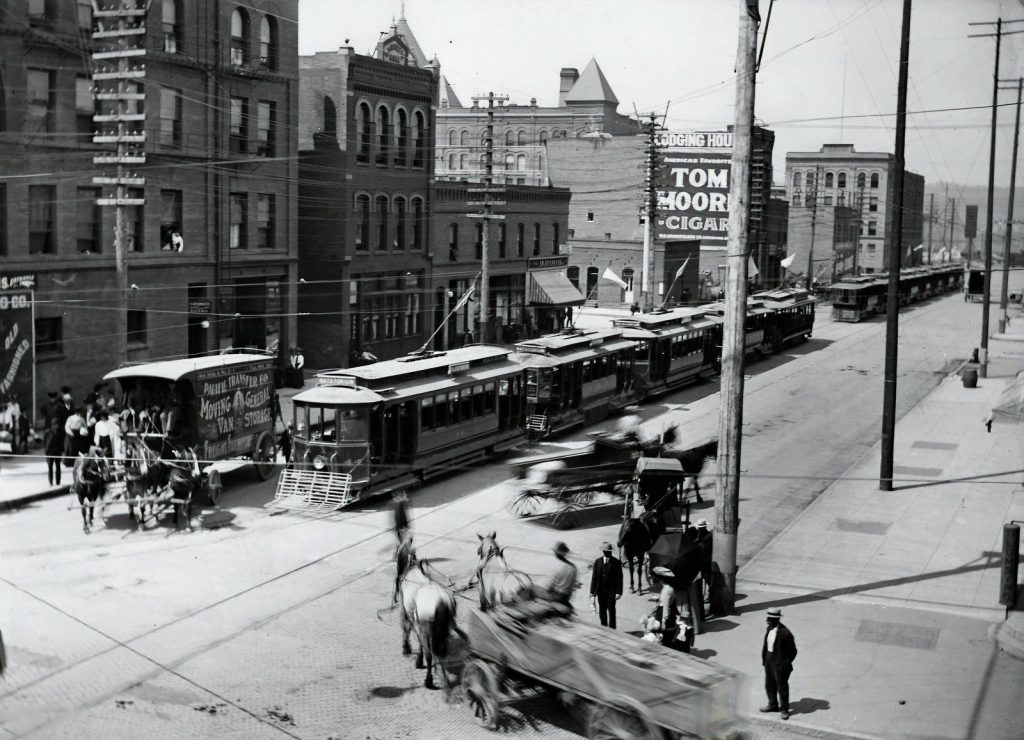
The Electric Era: Spokane’s Trolleys Take Center Stage
Spokane’s proximity to the Spokane River, a natural source of hydroelectric power, gave the city a significant advantage in adopting electric streetcars. Unlike other towns that relied on coal-fired power plants, Spokane’s access to clean, efficient energy made it easier and more cost-effective to embrace this innovative transportation technology.
As Spokane embraced electric streetcars, the Ross Park Street Railway Company led the charge. Yet another transportation company founded by aforementioned A.J. Ross it was among the first in the region to adopt this new technology, which had only recently been perfected in 1888. The electric trolley car, named for the “trolley pole” that connected to overhead wires, offered a clean and efficient alternative to traditional forms of transportation.
Leveraging Spokane’s abundant hydroelectric power, the Ross Park line established its own powerhouse and began regular operations in November 1889. This marked a significant milestone in Spokane’s transportation history, as the city became a pioneer in the adoption of electric streetcars.
As the electric trolley technology proved its worth, Spokane’s streetcar companies quickly followed. The Spokane Street Railway that Ross had helped found eventually followed suit, making it one of the first to abandon horses in favor of electric power, completing its transition in 1891. Over the next few years, other companies followed, with steam-powered lines converting in 1892 and cable cars being phased out entirely by 1894. Within just six years of the city’s first horse-drawn streetcar, Spokane had become a fully electric transit system.
By the mid-1890s, electric trolleys were reaching every neighborhood, making it easy for residents to abandon traditional modes of transportation like walking and horse-drawn vehicles. The affordable fare of just five cents per ride made trolleys accessible to even the lowest-wage earners.
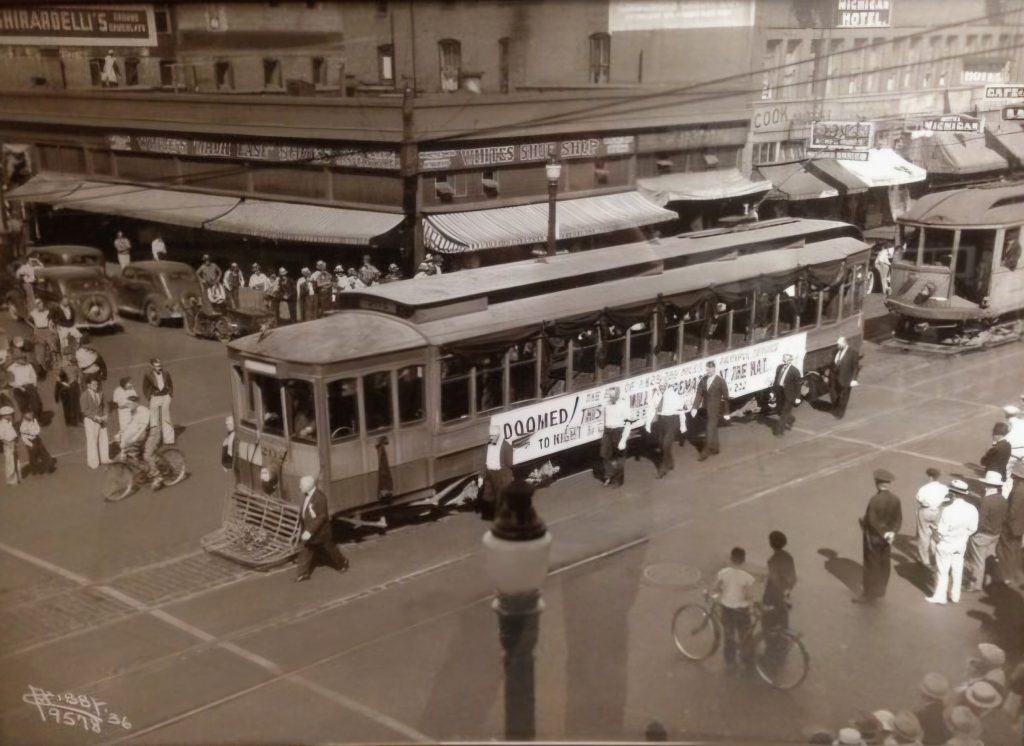
The Decline of Spokane Trolleys: An End of an Era
At their height, electric trolleys and interurban railways carried passengers all across the Inland Northwest. A rider could travel from Cheney to Coeur d’Alene or from 38th and Grand on the South Hill all the way to Francis and Howard on the north side. In 1910, Washington Waterpower’s lines boasted 150 trolley cars and 24,000,000 riders annually, showcasing the extensive reach and popularity of this mode of transportation.
However, the arrival of the first automobiles in Spokane in the 1910s signaled the beginning of the end for the trolleys. The convenience and flexibility of cars quickly captured the public’s imagination, leading to a significant decline in trolley ridership. In 1922, Spokane Traction Co. and Washington Waterpower Co. merged to form Spokane United Railways, but this consolidation could not stem the tide of change.
Several factors contributed to the decline of the trolleys. The availability of cars provided a personal and flexible mode of transportation that trolleys could not match. Additionally, Spokane’s population stagnation during this period reduced the demand for public transit. The companies themselves sought cheaper alternatives to trolleys, finding buses to be a more economical option. Buses required no rails or electric lines, allowing routes to be changed quickly and eliminating the need for track maintenance.
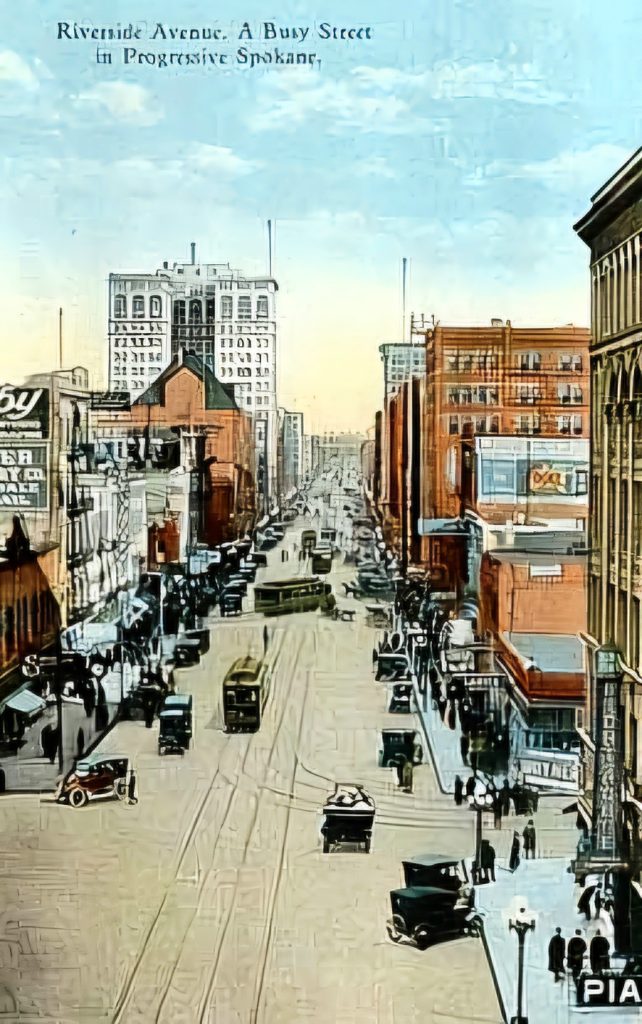
By 1936, the era of the trolley in Spokane had come to an end. On August 31, 1936, the last trolley car, Spokane United Railways car No. 202, made its final journey in a grand parade. Thousands of spectators lined the streets to witness this historic event, marked by a solemn ceremony at Natatorium Park. The trolley was filled with bales of hay and set ablaze, symbolizing the end of an era.
The decline of the trolleys marked a significant shift in Spokane’s transportation landscape. While the trolleys had once connected communities and driven the city’s growth, the rise of the automobile ushered in a new era of mobility. However, the legacy of Spokane’s trolleys remains a testament to the city’s innovative spirit and commitment to progress.






